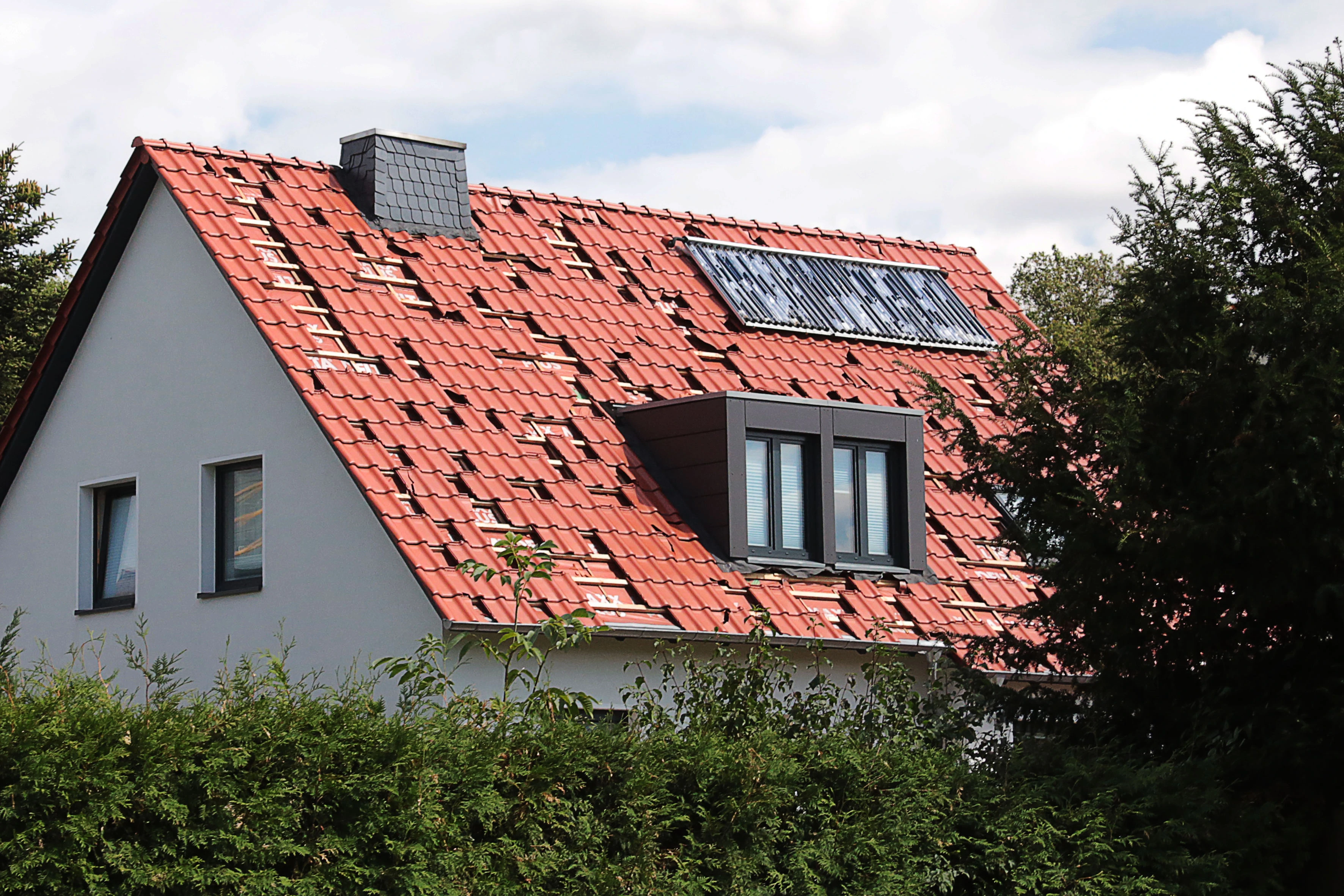As the climate has warmed, there’s been an increase in the ingredients that make up hail storms: more instability in the atmosphere and stronger updrafts. The altitude in the atmosphere where water freezes has also been rising because of the warmer weather. This means that small hailstones often melt before they hit the ground. The upshot, said Gensini, is the hail that hits will be bigger and storms that produce small stones will be less frequent, thanks to climate change.
Yet even if warming’s effect on hail globally is still emerging, there are clear climate signals in specific places, namely Europe, according to Ian Giammanco, lead research meteorologist and managing director of standards and analytics at the Insurance Institute for Business & Home Safety (IBHS), an industry-funded research group. “The hail across northern Italy, France and that sort of belt is increasing at an anomalously high rate,” he said.



Just in time to catch the high winds!
True, but toppling over can leave them intact. One of my foolish neigbours didn’t anchor his panel carriers properly and thought a thick fir hedge would protect them enough. A storm from unexpected direction threw four panel carriers (9 panels each) face down and severed the cables, so everything had to be disconnected and there was a safety risk (but not during night). I helped with the recovery work and not a single panel was broken.
Ooh, mount some turbines on them as well!